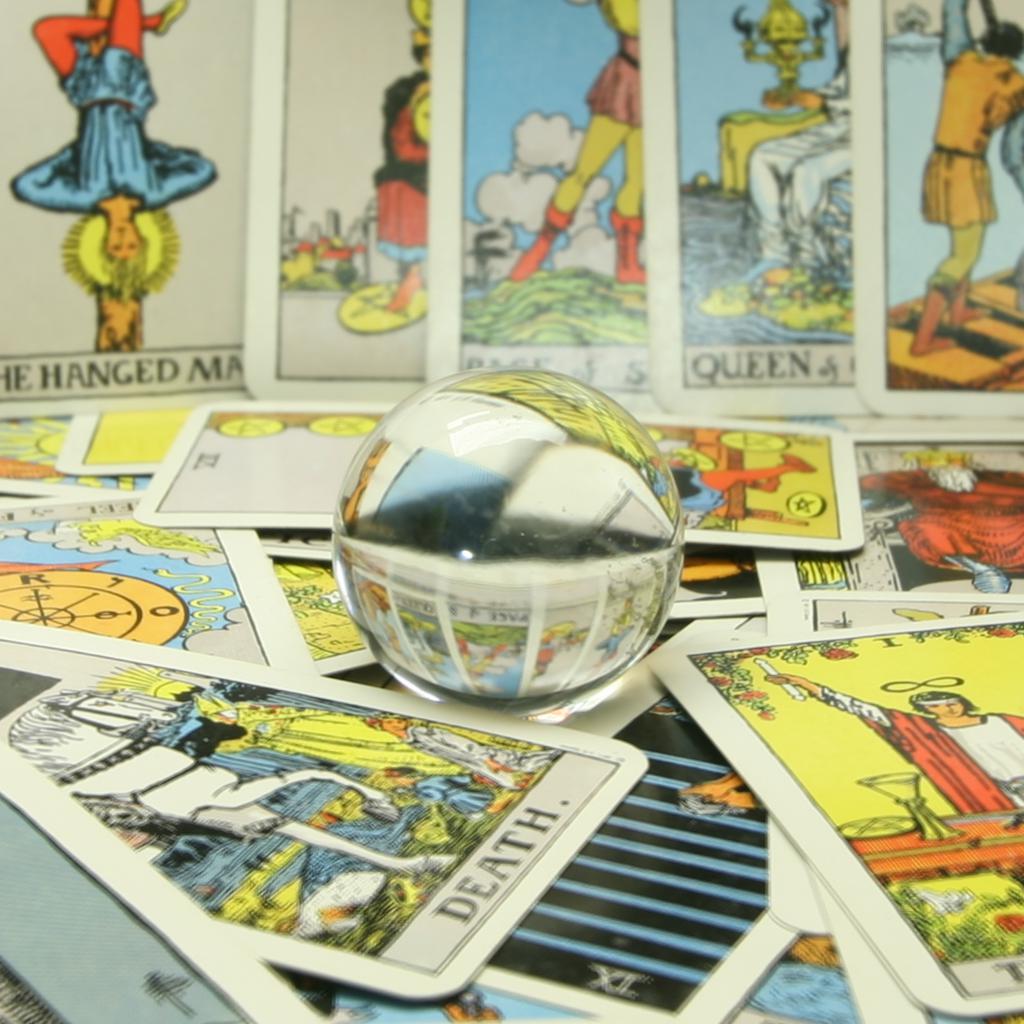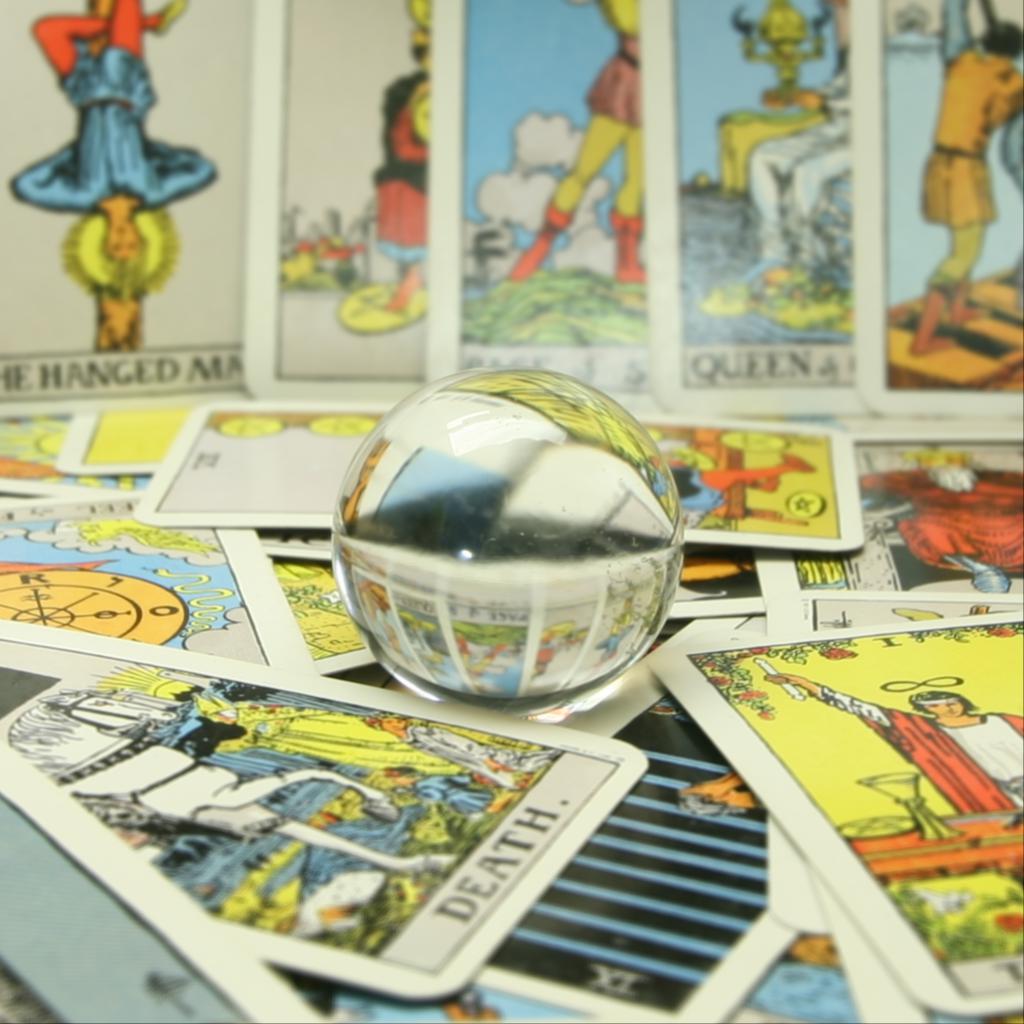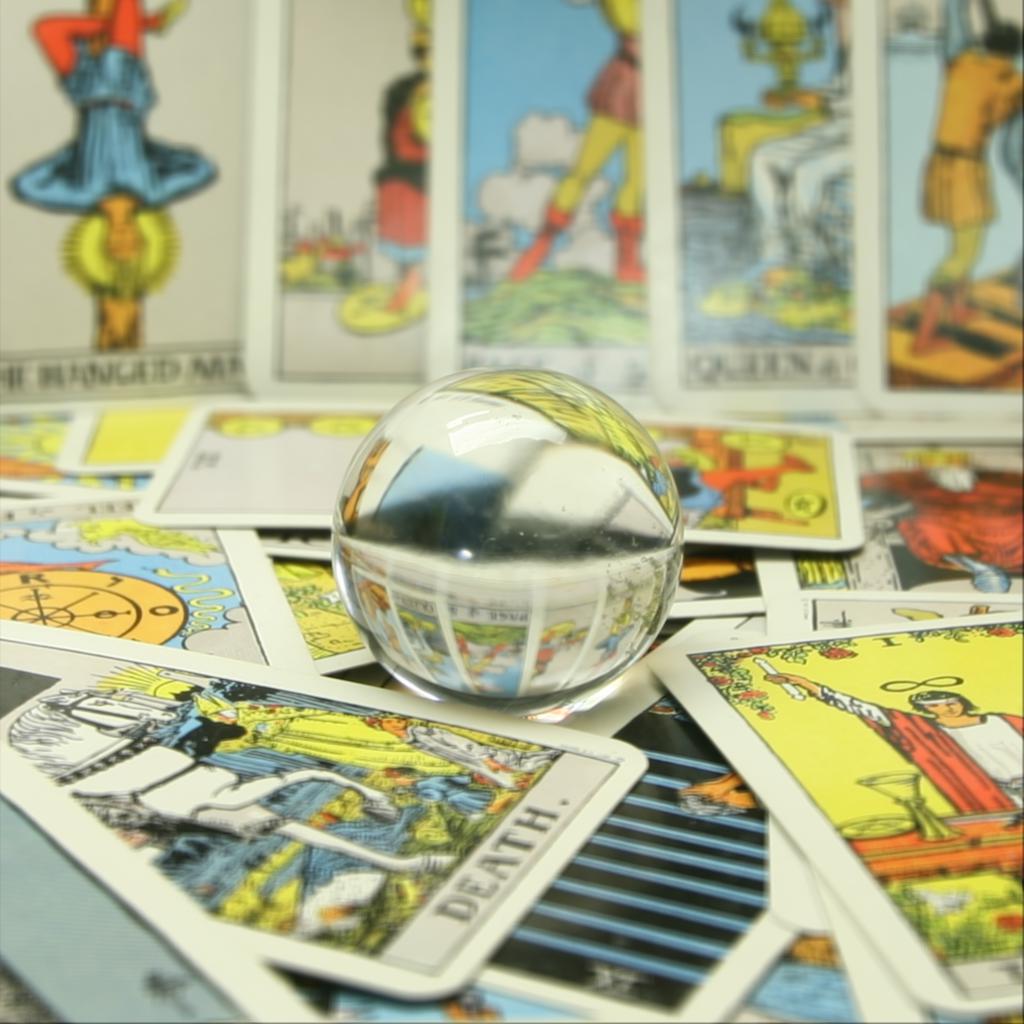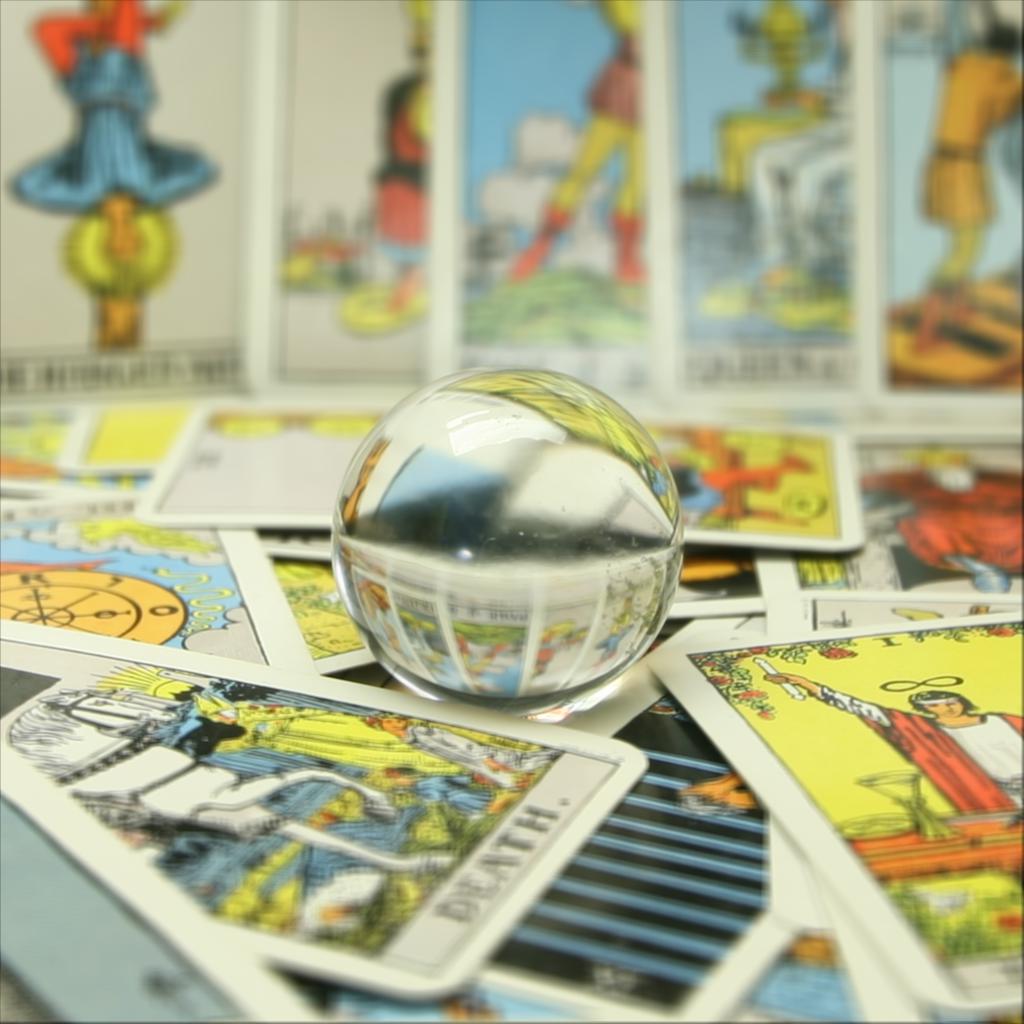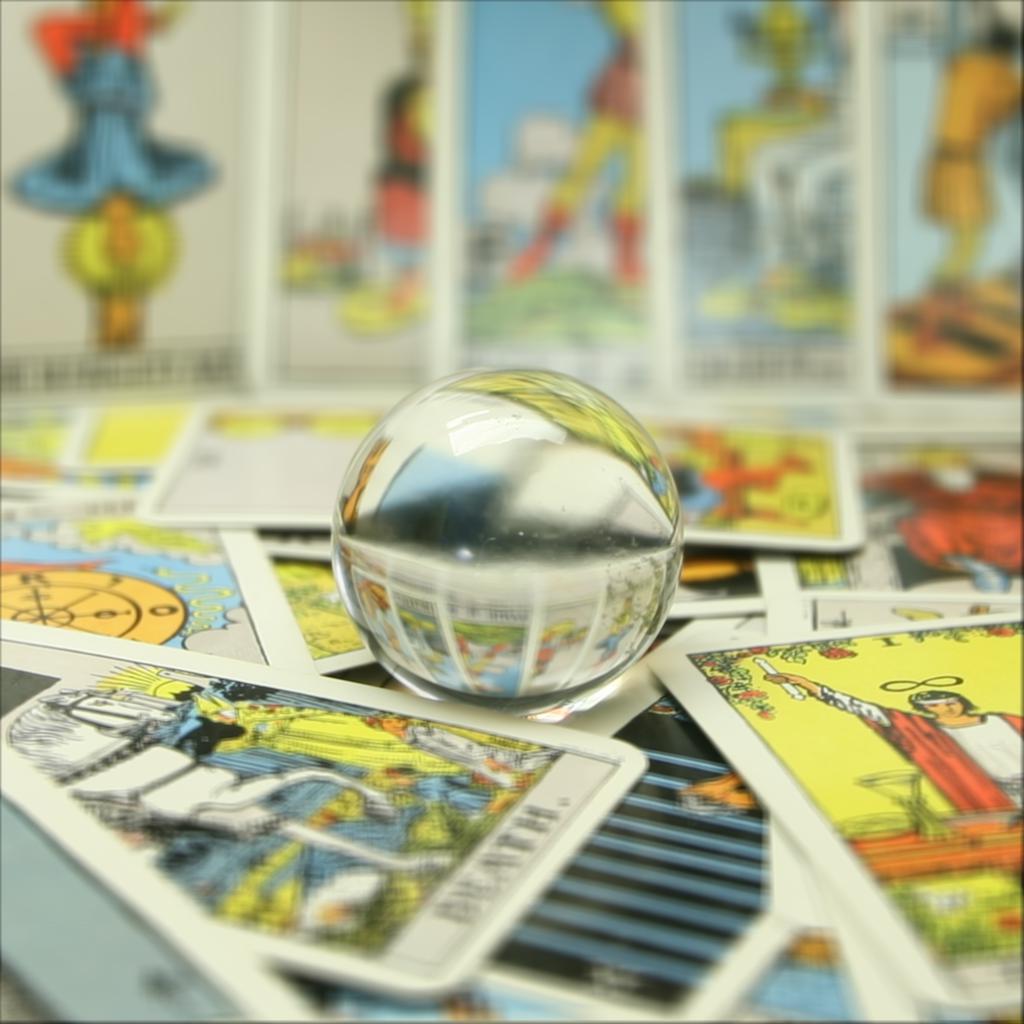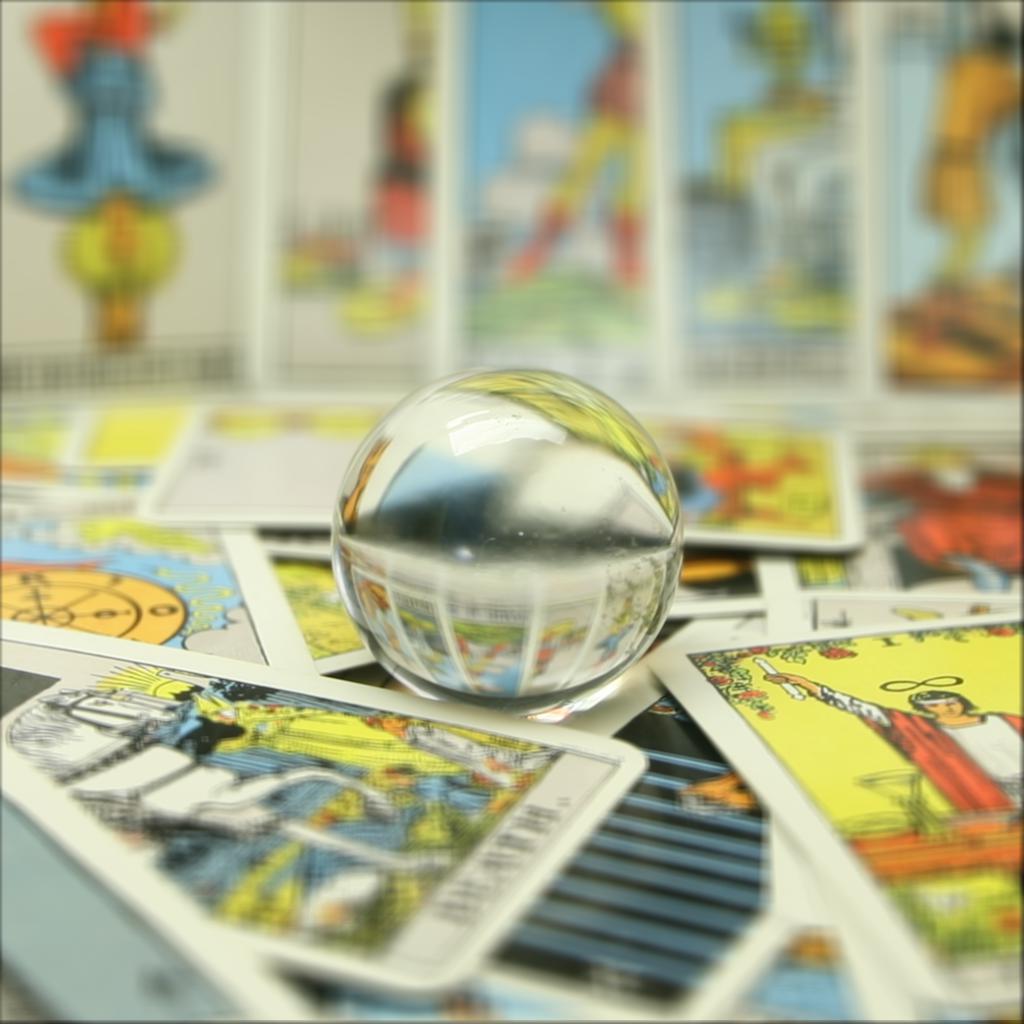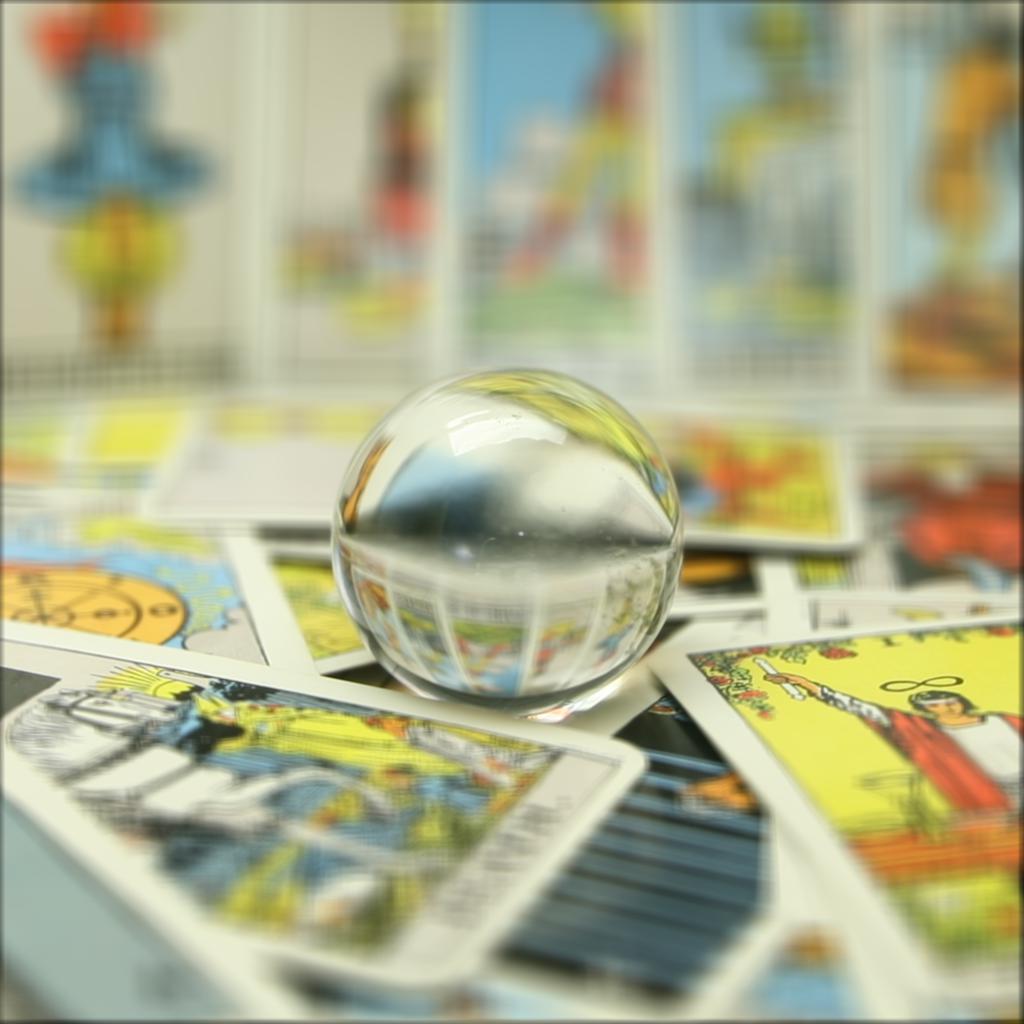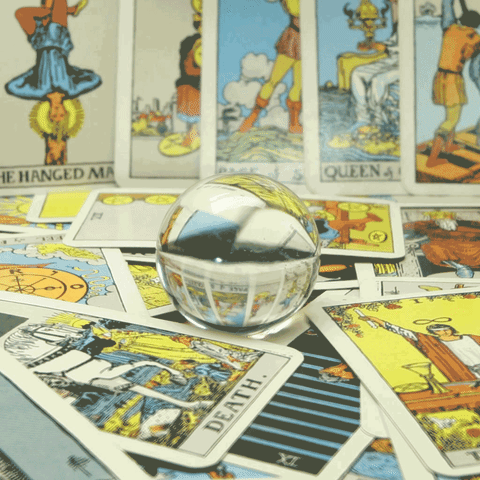Given sample datasets comprising of multiple images taken over a regularly spaced grid, we had 17x17 set of pictures that simulated a lightfield camera. By taking the average of the pictures we get a depth focus with a section that is clear and the rest of the final image is blurred. Yet when shifting the images based on a weight, alpha, that is multiplied by the centroid (u, v) coordiantes of all the images, we can shift the focus of the final image based on the average of all the shifted images. As alpha becomes smaller and more negative, the farther depths of the image are in focus. As alpha becomes positive and larger, the more closer depths become in focus. Below are alpha values and the corresponding final images and below that are gifs showing how focus can change in an image by changing the alpha values.
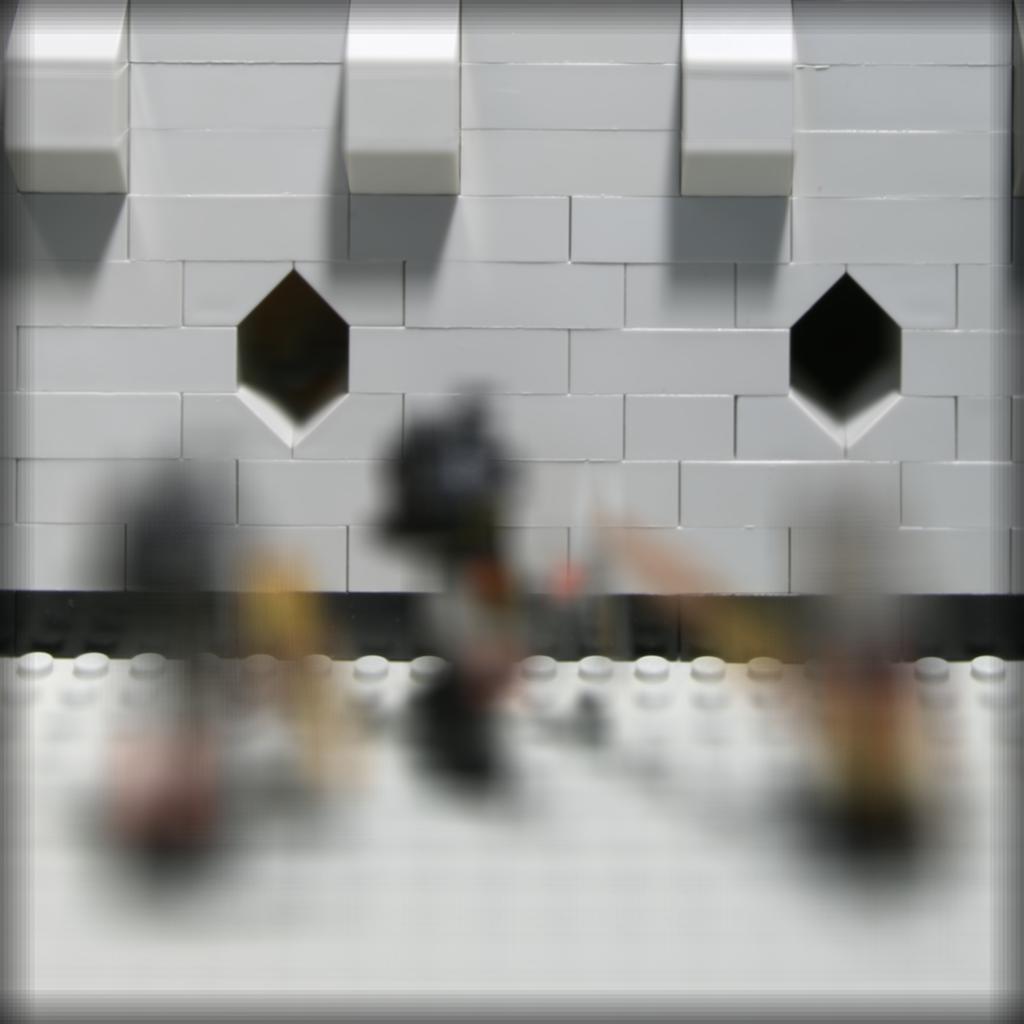
|

|
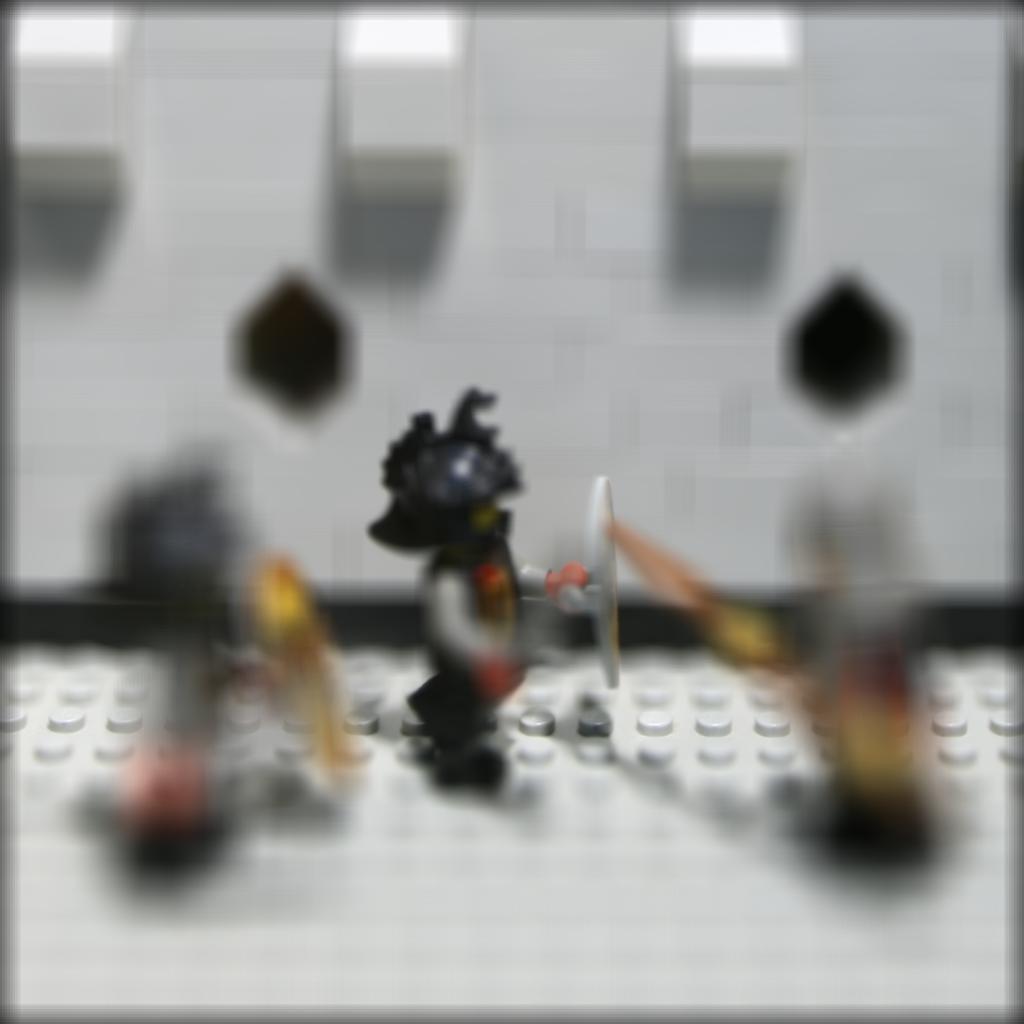
|
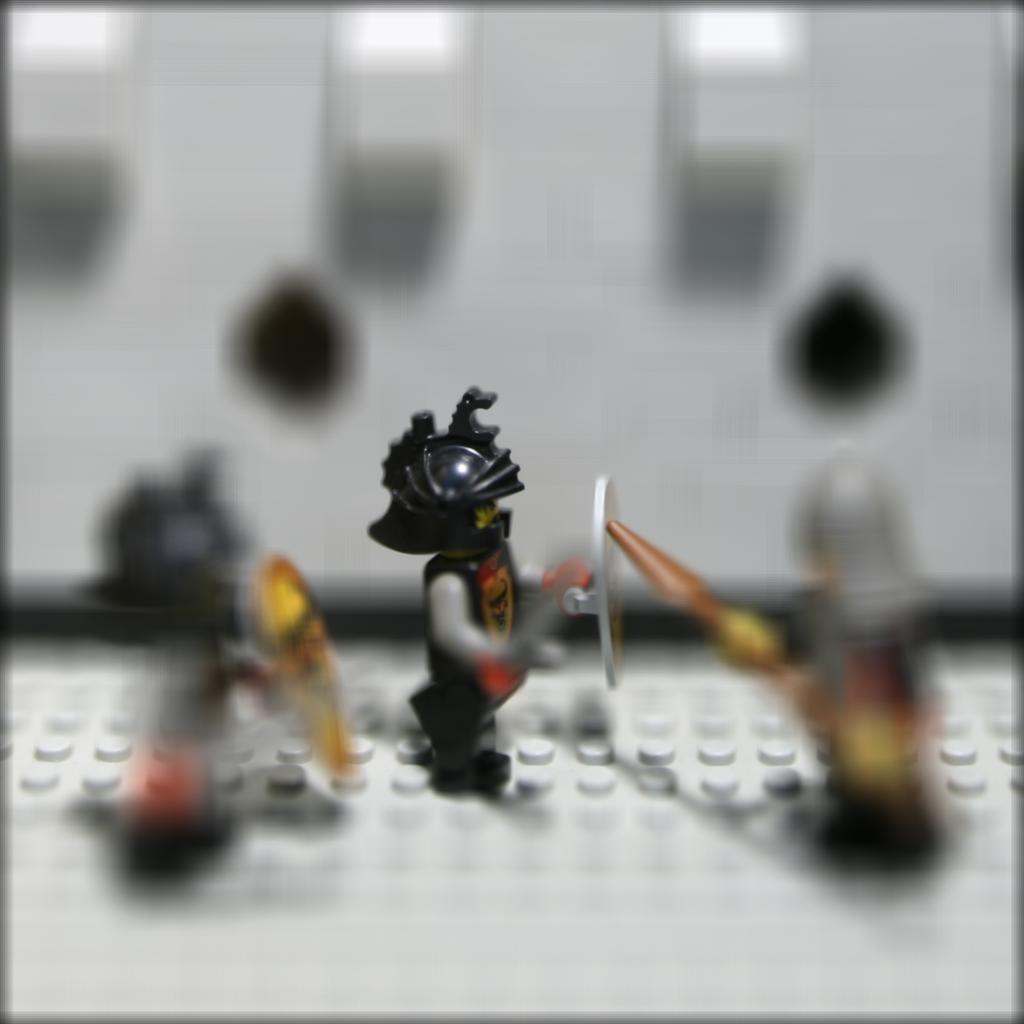
|
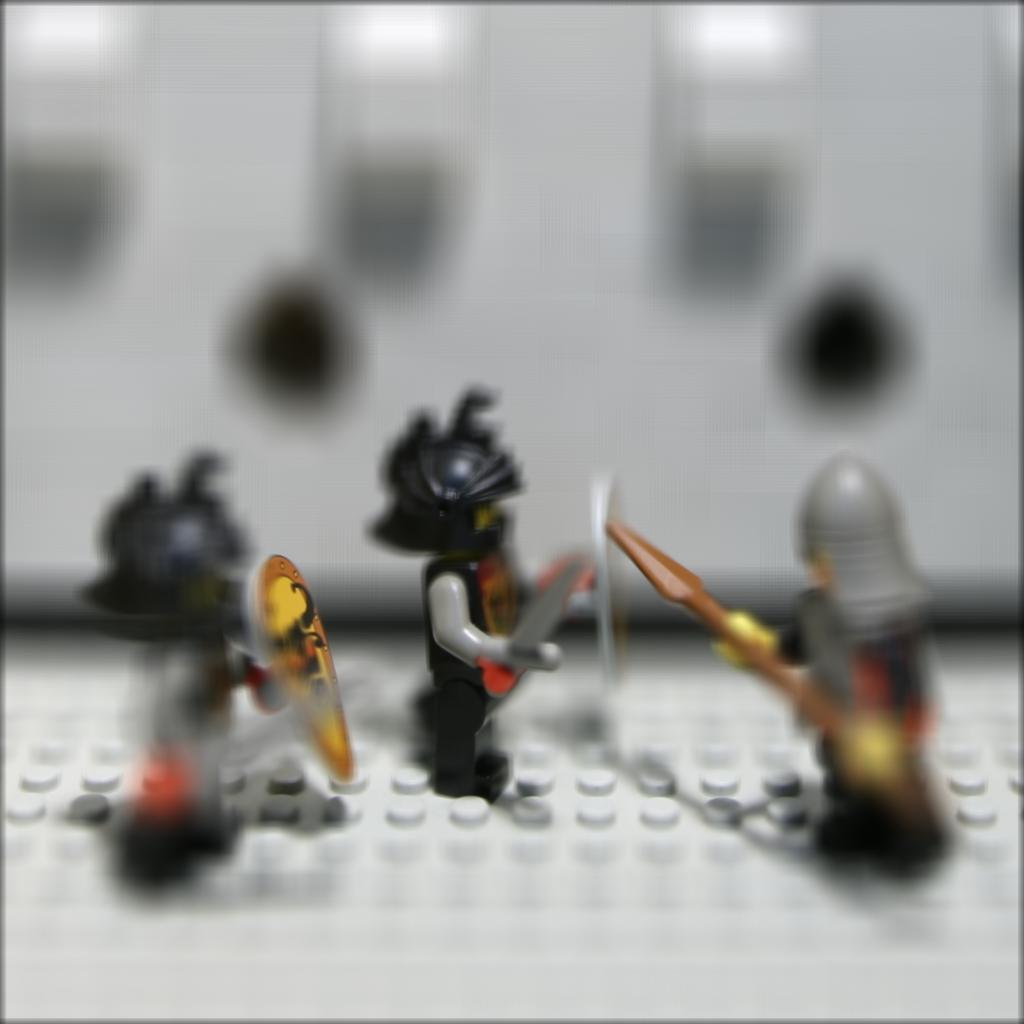
|
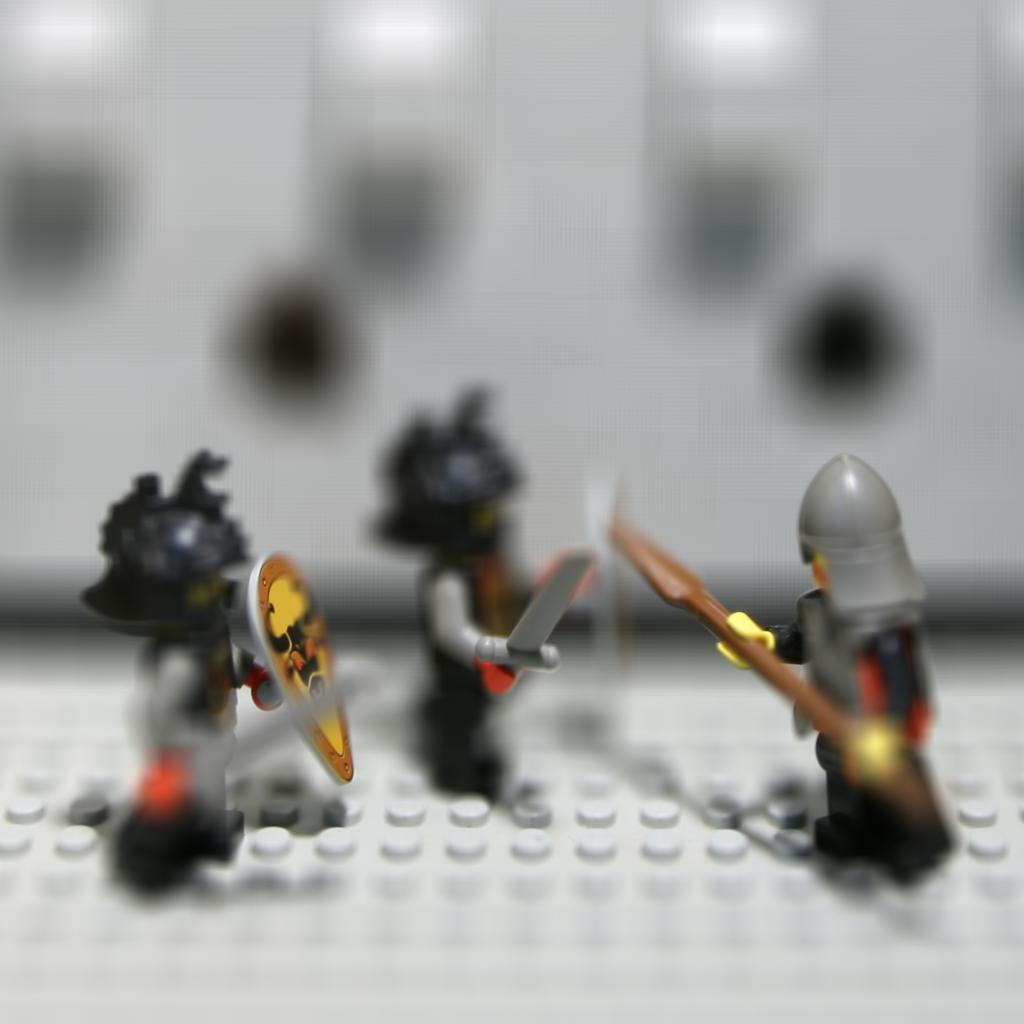
|
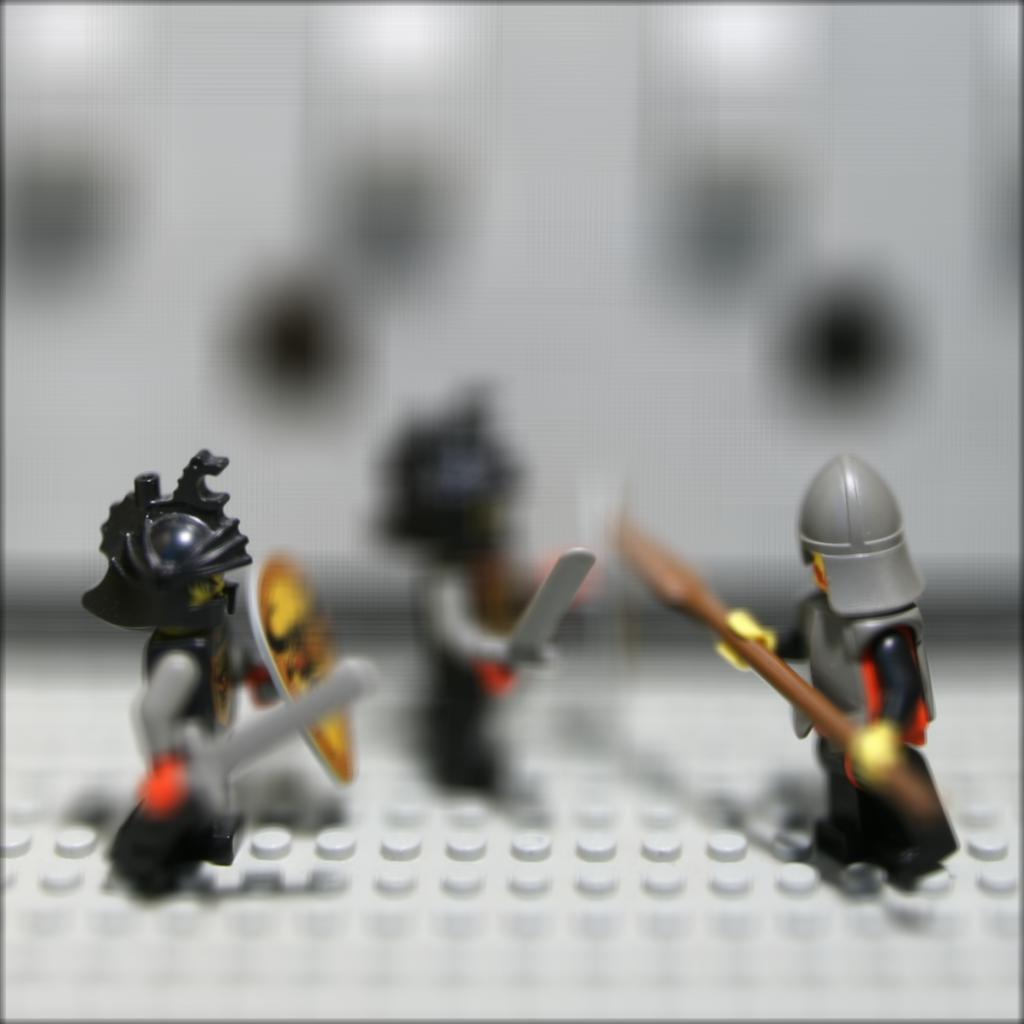
|

|

|
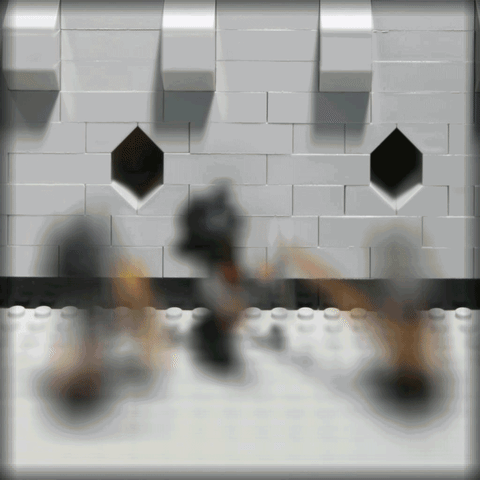
|

|

|
